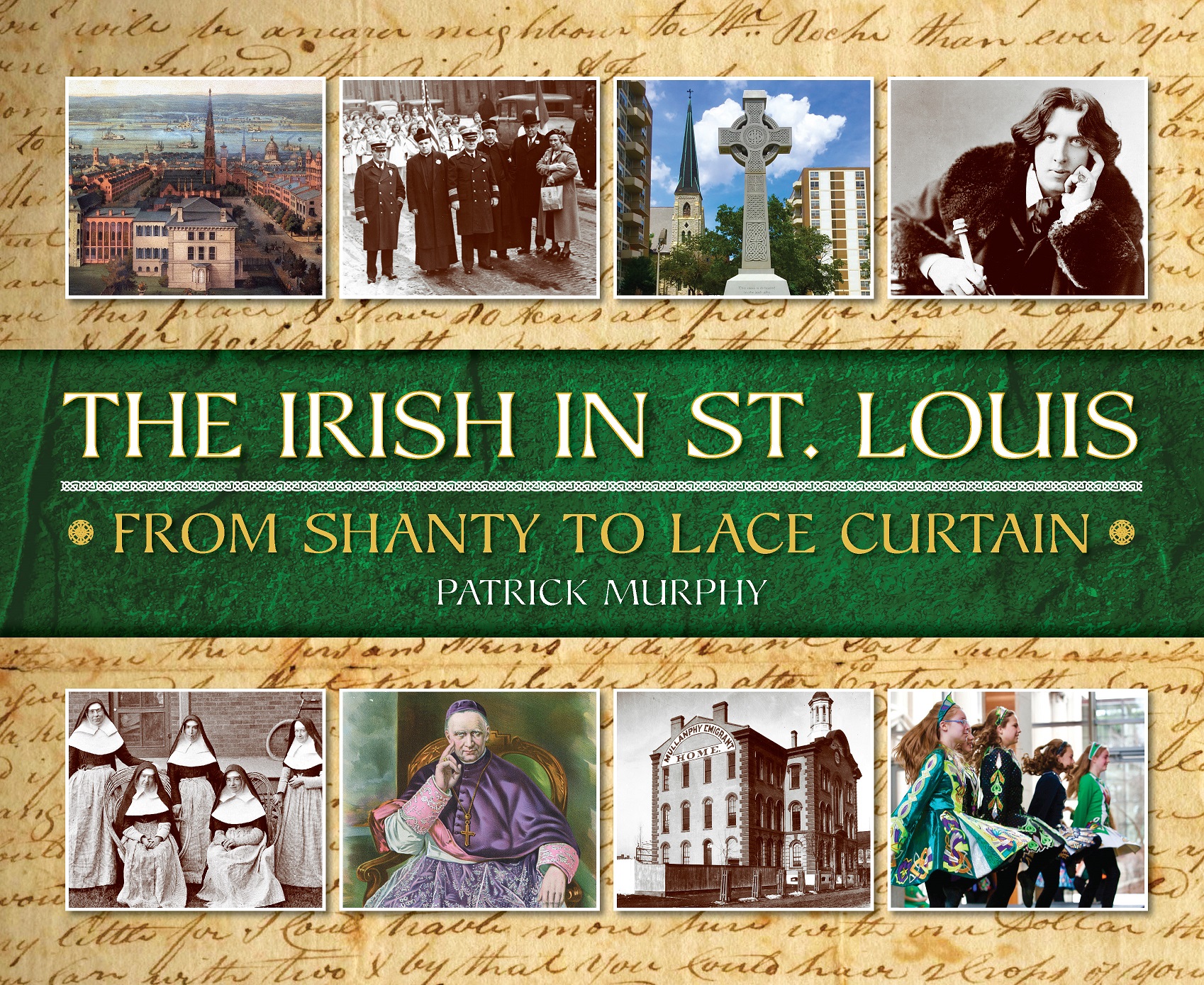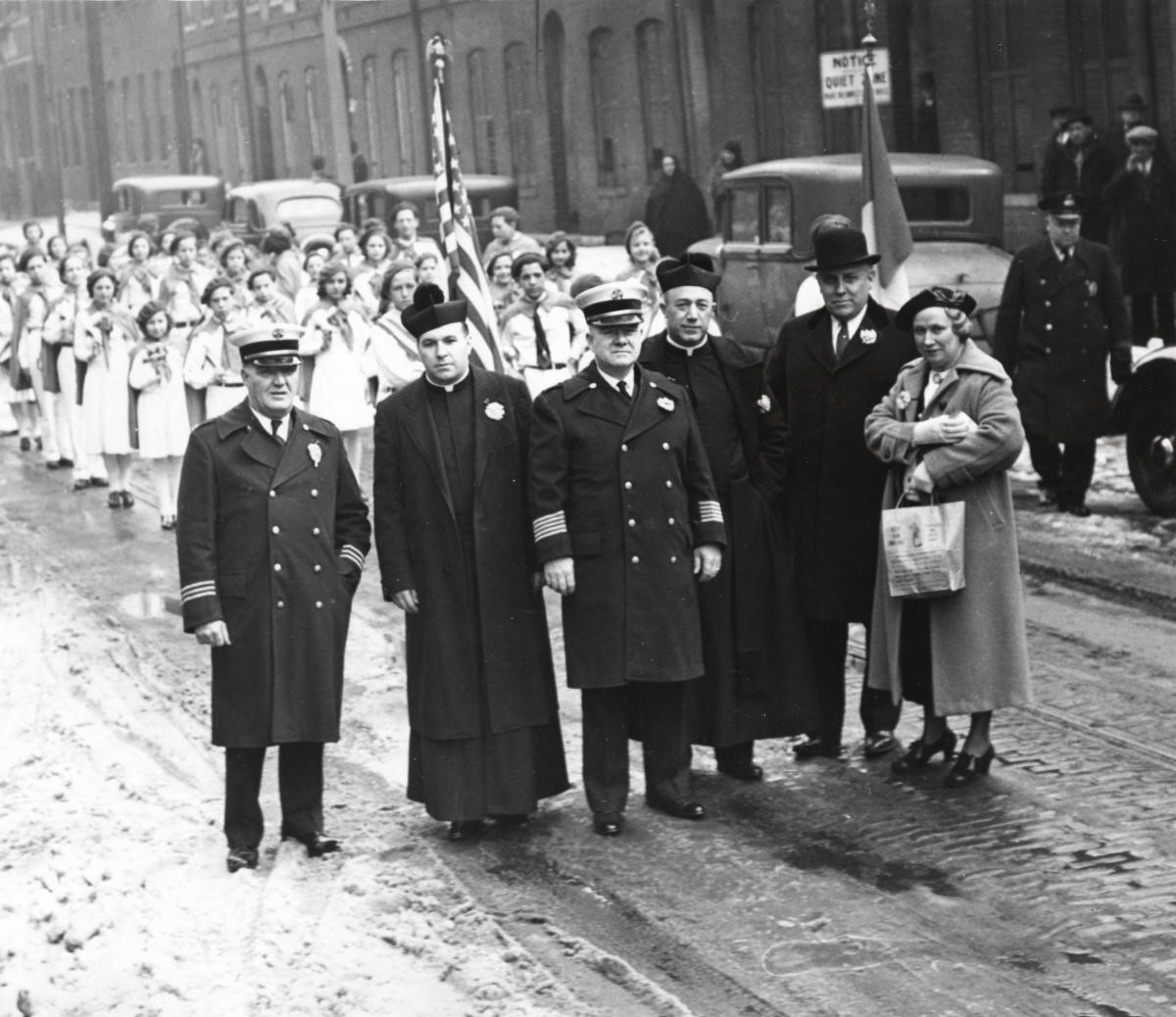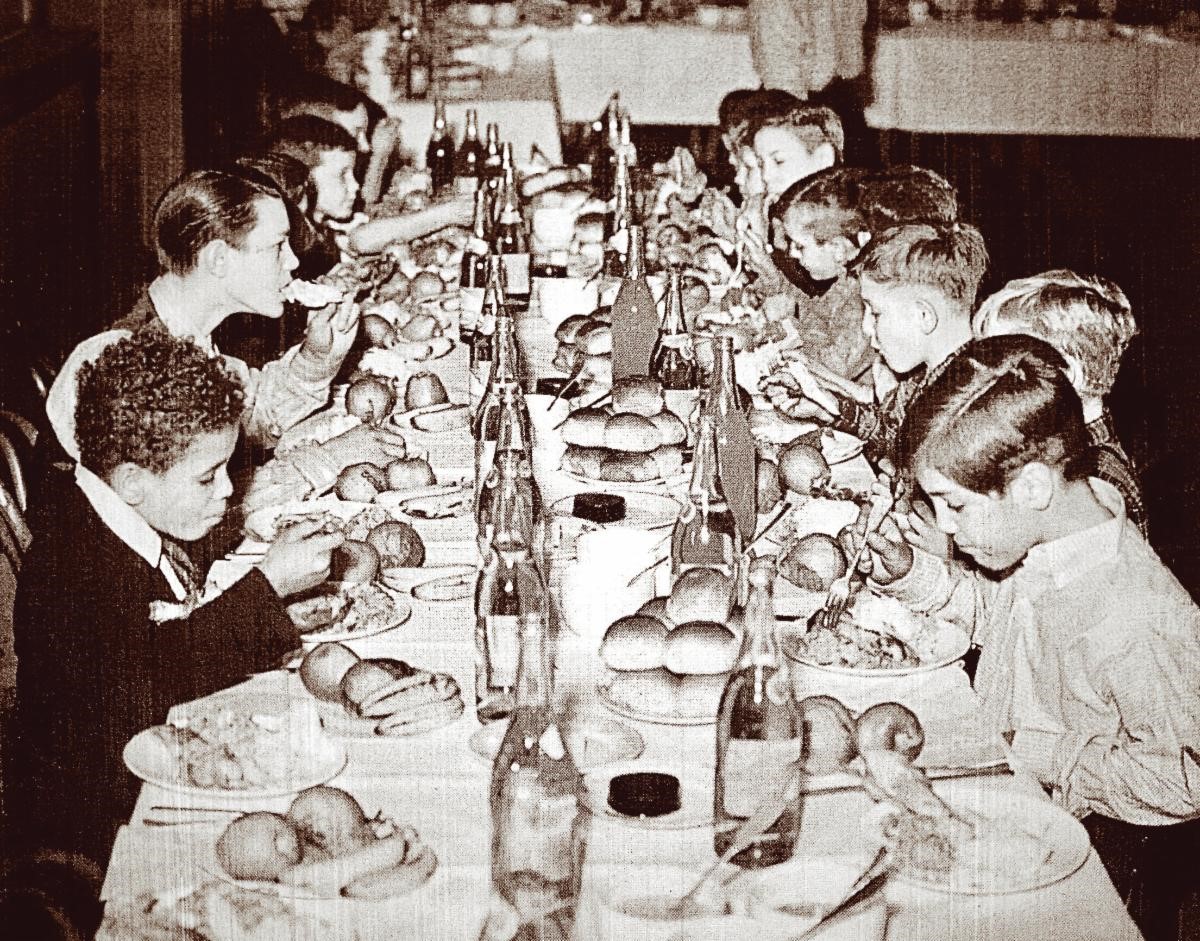St. Louis, as we know it, would not be the same without its distinct layered history enriched by the confluence of immigrant communities whose cultures and tradition have been chiseled onto the city’s narrative through the years.

A new book, “The Irish in St. Louis: From Shanty to Lace Curtain,” explores the story of the city’s Irish community, from the time the first immigrants arrived in the mid-19th century to lively anecdotes from their descendants who are thriving today.
“The tradition of storytelling is still alive among today’s St. Louis Irish, and stories are powerful things,” said author Patrick Murphy.
The Irish came to St. Louis as early as the 1820s, according to Murphy, with many of them establishing successful businesses and becoming civic leaders. But conditions were different for the “Famine Irish,” those who were fleeing from starvation and disease in their homeland.
“In the 1840s, waves of refugees arrived on the waterfront and moved to a neighborhood on the near north side called Kerry Patch,” Murphy said. “The city was growing into a major manufacturing and trading center, but Kerry Patch was the toughest and poorest part of the city, run by gangs and generally avoided by anyone who wasn’t Irish. The goal was to get out and move up, as Irish Americans put it, ‘from shanty to lace curtain.’”

Murphy, an award-winning storyteller who has worked in radio and television for 40 years, spent approximately 10 months to research, conduct interviews, collect photographs and write the book. He says the most challenging part of getting the story right was separating myth from facts.
“Remember, these are Irish stories, right? The Irish are storytellers and are not prone to let the facts get in the way of a good story,” he said. “What surprised me was how closely the legends and the real events usually corresponded. They are a remarkable bunch, and what seems impossible or fantastical is very often exactly what happened.”
There were a few other discoveries along the way, but Murphy admits he was most surprised by how much prejudice there was against immigrants who came in the wake of the Great Famine.
“They were blamed for everything, from cholera epidemics to the Great Fire of 1849,” he noted. “People were shocked by the poverty of those escaping the Famine and afraid that there was something foreign and un-American about their Catholicism.”
Murphy adds there were even newspaper cartoons in the mid-1800s depicting Irish immigrants as apes; and in the 1850s, a series of riots took place and parts of their neighborhoods were burned down.

It would take decades of perseverance and hard work for the Irish to find their place in St. Louis and to truly feel like part of the community.
“By the time of the first World War, St. Louis’ Irish had become pretty well assimilated,” Murphy said. “Dogtown still has an Irish flavor, but, for the most part, the third and fourth generations are fully integrated. But there is still a lot of pride among Irish Americans, stemming from the stories passed down through their families of how they fought to find a place in America. In the process, they built their own schools and hospitals, social clubs and charitable organizations. They established their own newspapers and magazines. And today, we have two St. Patrick Day parades – and everybody loves the Irish – big improvement.”

Speaking of parades, the Ancient Order of Hibernians Parade, a St. Louis tradition for almost 40 years, will be held in Dogtown on March 17. Murphy says it’ll be one of his many planned stops this St. Patrick’s Day.
“My St. Paddy’s Day? Well, this one is going to be a little crazy,” he said. “Morning Mass to tell St. Paddy himself hello, then a couple of book signings and radio and TV interviews. If I get time, I’d love to drop by and catch some of the Hibernians’ parade. But then, if you’re Irish, isn’t every day St. Patrick’s Day?”
Murphy held an official book launch March 13 at John D. McGurk’s Irish Pub and Garden. This week, a number of presentations and book signings take place in and around St. Louis, including Subterranean Books (March 15, 5 to 7 p.m.), Webster Groves Bookshop (March 17, 1 to 3 p.m.), Grafica Fine Art & Custom Framing (March 17, 5:30 to 7 p.m.), Christopher’s (March 18, 2 to 4 p.m.) and Pat Connolly’s Tavern (March 19, 1 to 3 p.m.).
“The Irish in St. Louis: From Shanty to Lace Curtain” from Reedy Press is available online and in bookstores now.
Top Women in the Arts to Receive Visionary Award Honor in April





